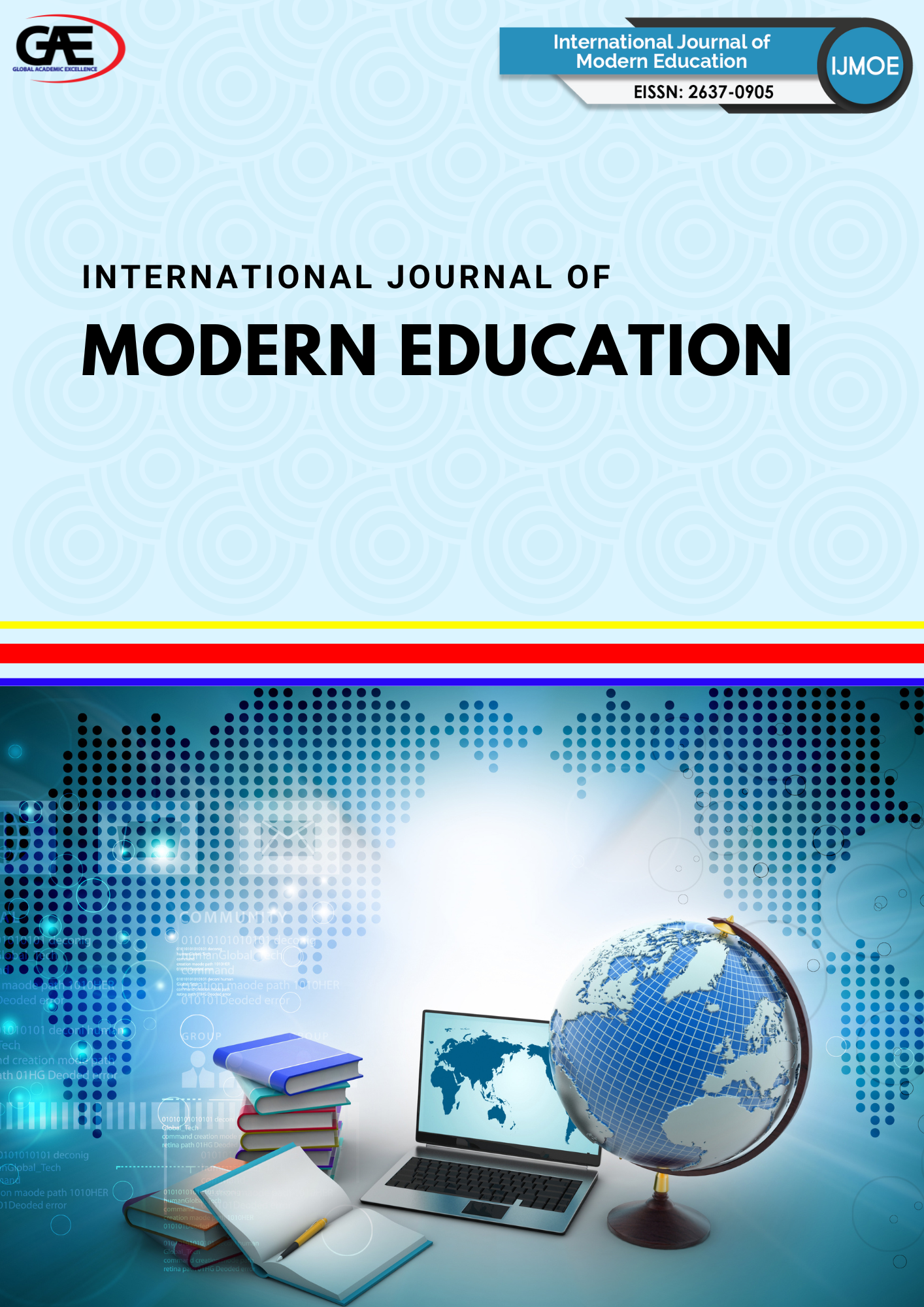A BIBLIOMETRIC ANALYSIS OF SCIENTIFIC OUTPUT IN THE FIELD OF ARABIC LANGUAGE: TRENDS AND RESEARCH DEVELOPMENTS FROM 2005 TO 2024
DOI:
https://doi.org/10.35631/IJMOE.726028Keywords:
Arabic Language, Bibliometric Analysis, Scopus, Research Trends, VOSviewer, Language StudiesAbstract
This study presents a comprehensive bibliometric analysis of global scientific output in the field of Arabic language research from 2005 to 2024, aiming to identify publication trends, key contributors, and research developments over the past two decades. The significance of Arabic language studies has grown in parallel with global interest in linguistic diversity, education, translation, and religious scholarship. However, a systematic and data-driven overview of research productivity and collaboration in this domain remains limited. Addressing this gap, the present study employs a robust bibliometric methodology using data retrieved from the Scopus database based on two keywords: "arabic" and "language". A total of 1,175 documents were identified and analyzed using Scopus Analyzer for basic bibliographic metrics, OpenRefine for data cleaning and normalization, and VOSviewer for network visualization and mapping of author collaboration, keyword co-occurrence, and citation patterns. The analysis reveals a consistent growth in publication volume, with notable peaks in specific years, reflecting heightened academic engagement. Saudi Arabia, Jordan, and the United States emerged as the most productive countries, while highly cited articles often focused on Arabic computational linguistics, language acquisition, and Quranic studies. Keyword analysis showed recurring themes such as "Arabic language," "natural language processing," and "machine translation," indicating a strong interdisciplinary interest. Moreover, international collaboration networks highlight increasing research partnerships between Arab and Western institutions. In conclusion, this bibliometric analysis not only maps the intellectual landscape of Arabic language studies but also underscores emerging trends and future research opportunities, serving as a valuable resource for scholars, educators, and policymakers in linguistic and cultural research domains.






